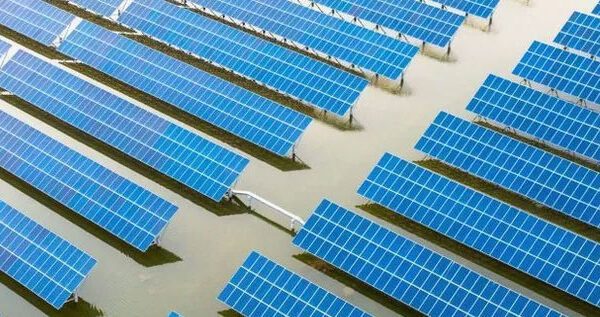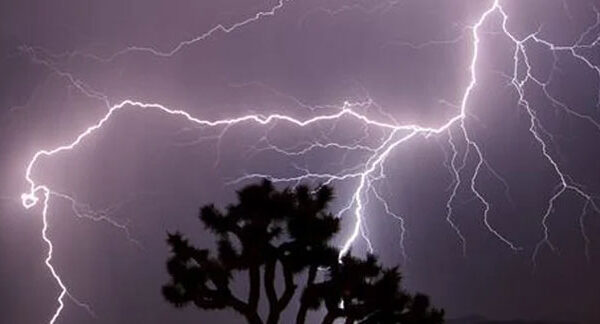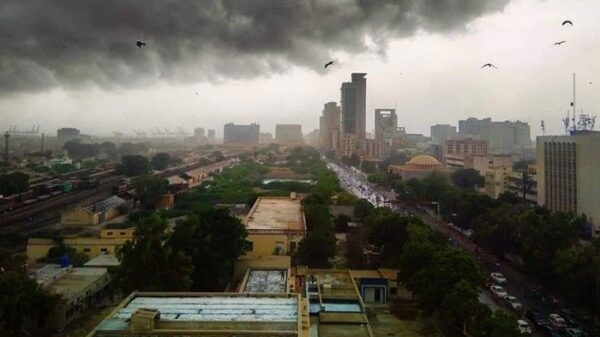A major winter storm is set to bring heavy snow, ice, and freezing temperatures from the Central Plains to the Mid-Atlantic starting this weekend.
This massive system could affect millions, causing dangerous travel, power outages, and significant disruptions.
How the Major Winter Storm Will Affect the Midwest
The National Weather Service (NWS) predicts heavy snowfall, with accumulations of 6-12 inches in many areas. Some locations may see even higher totals.
The major winter storm is expected to hit the Central Plains late Saturday, spread to the Ohio and Tennessee Valleys on Sunday, and reach the Mid-Atlantic by Monday.
Cities like Kansas City, St. Louis, Indianapolis, and Cincinnati could see several inches of snow. The heaviest snowfall is likely in parts of northern Missouri, west-central Illinois, and northeastern Kansas.
According to AccuWeather, some areas could receive enough snow to make travel nearly impossible.
Major Ice Storm Warnings in the South
Alongside snow, ice will create hazardous conditions in parts of the South. Areas in southern Missouri, eastern Kansas, and the Ozarks may see significant sleet and freezing rain.
Ice accumulations could make roads impassable and lead to power outages. The The National Weather Service has issued ice storm warnings for these regions. Travel is strongly discouraged, and residents are advised to prepare for potential power loss.
What to Expect in the Mid-Atlantic
The storm will bring moderate to heavy snow to the Mid-Atlantic by Sunday night. Washington, D.C., and Baltimore could see up to 6 inches of snow.
Philadelphia might also experience light-to-moderate snowfall. However, sleet and freezing rain could mix in, reducing snow totals in some areas.
This storm could be the most significant winter weather event for the D.C. area since January 2022. Hazardous road conditions and school closures are likely on Monday.
Arctic Blast to Follow the Major Winter Storm
As the storm moves east, it will be followed by frigid Arctic air. Temperatures could drop 20-30 degrees below normal across the Central and Eastern U.S.
This cold blast is expected to last into mid-January, potentially impacting energy supplies and causing freeze-related damage.
AccuWeather warns that more than 250 million people in 40 states could feel the effects of this cold snap.
Areas in the South, which are less accustomed to freezing weather, should take extra precautions.
Key Impacts on Daily Life Amid Winter Storm
The major winter storm is expected to disrupt travel, cause school closures, and lead to widespread delays.
The hardest-hit areas could experience over a foot of snow, while southern regions may face icy conditions.
For those in the path of the storm, preparing ahead of time is essential.
The NWS emphasizes that even a thin layer of ice can make roads extremely dangerous.
Untreated surfaces will become slick, and accidents are likely. In areas with heavy snow or ice, power outages could last for several days.
Timing and Affected Regions
- Saturday-Saturday Night: Snow will begin in the Rockies and Central Plains. It will intensify into the evening and spread eastward.
- Sunday-Sunday Night: Snow and ice will expand into the Midwest and Ohio Valley. Wintry weather will reach the Mid-Atlantic by evening.
- Monday: The storm will continue to impact the East Coast before moving offshore late Monday night.
Prepare for the Major Snow Storm
This major winter storm will bring treacherous conditions across a 1,300-mile stretch of the U.S.
Residents are urged to stay updated on local weather alerts and take precautions.
Ensure you have supplies, including food, water, and flashlights, in case of power outages.
As the storm unfolds, it’s important to stay informed and prioritize safety. Stay indoors if possible, avoid unnecessary travel, and check on neighbors and loved ones.







